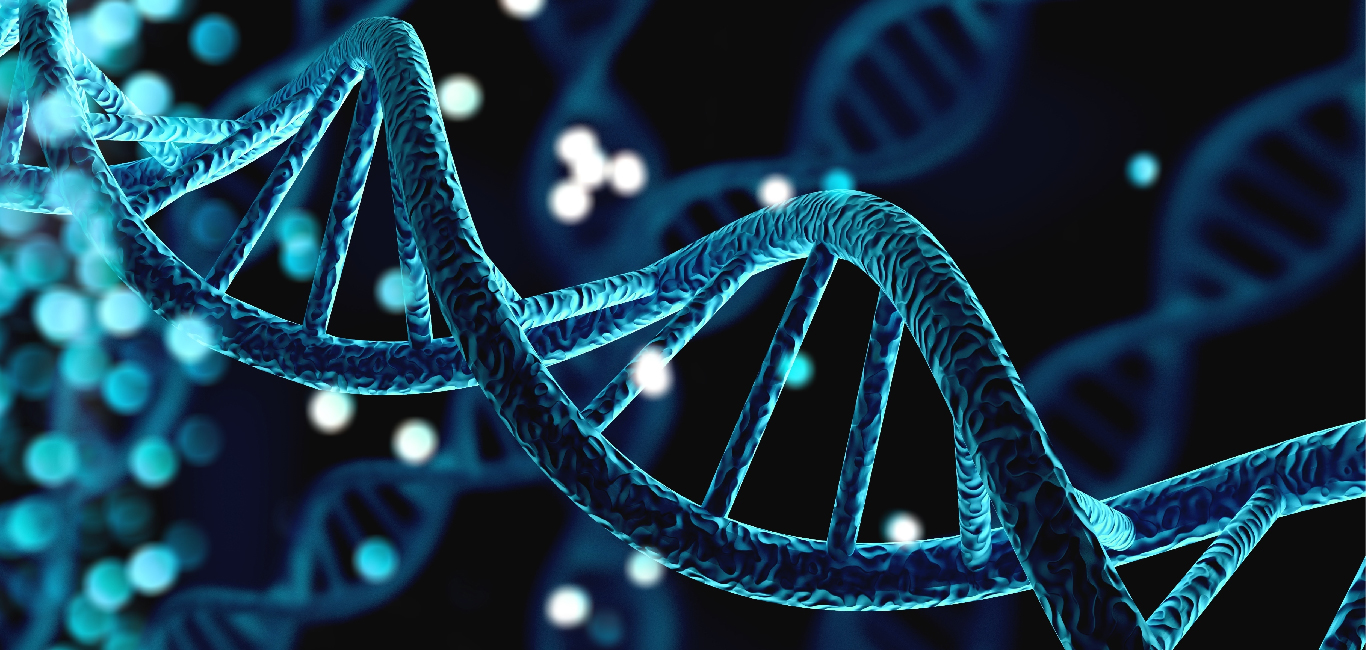
Researchers at the University of California’s (UCLA) Jonsson Comprehensive Cancer Centre have developed a new DNA sequencing technique that can accurately detect various types of cancers early.
Using just a blood sample, it can identify in which part of the body the cancers originate. This is an improvement over biopsies and CT or MRI scans which are the standard ways of detecting cancers today.
The new sequencing method identifies what is called methylation in cell-free DNA, while an algorithm studies these methylation patterns in specific parts of the DNA molecule.
Methylation is the biological process involving the addition of a methyl group to a DNA segment. Think of methylation as applying a piece of tape to a segment of DNA: the process silences or inactivates the expression of that DNA portion (i.e. suppresses the gene’s expression).
Cell-free DNA or ‘cfDNA’ is genetic material that enters the blood stream when tissues are damaged. Naturally, this cfDNA is cleared out of blood by immune cells. But in the case of cancer this type of DNA is produced in large amounts and can serve as a biomarker for early diagnosis.
Expensive and accurate
While it has been known that cancers could be diagnosed using cfDNA, current sequencing methods capture only a small proportion of tumour cfDNA, which results in false negatives. Sequencing the whole DNA to analyse methylation is very expensive, due to which it has not been used in clinical applications.
“The new sequencing tool is non-invasive, highly accurate and can cost effectively sequence the genome-wide methylation of cfDNA,” Xianghong Jasmine Zhou, professor of pathology and laboratory medicine at UCLA and corresponding author of the study, told Happiest Health.
Detecting cancer before its metastasis – that is, the spread of cancer from one part of the body to other parts – is critical for appropriate treatment.
Other liquid biopsy methods – in which blood or other liquids are analysed – exist to diagnose cancers, but they, too, are expensive and require large volumes of blood or other fluids to work well.
The UCLA researchers tested the tool on 408 individuals who had cancers of colon, liver, lung or stomach. The tool had a specificity of 97.9 per cent: just 3.1 out of 100 people received a false positive, besides a sensitivity of 80.7 per cent and 74.5 per cent in detecting all-stage and early-stage cancers respectively.
Further the tool had an accuracy of 89.1 per cent in locating the cancerous tissue for all-stage malignancies; and 85 per cent for early-stage cases.
For the DNA sequencing tool to be used for cost-effective and accurate cancer diagnosis, the researchers said they needed to conduct larger clinical trials, including those with varied populations, to validate how early cancer can be detected.
In the long term, Zhou said the technique can be used to diagnose all diseases that produce changes in DNA methylation.
“If we can be provided a sufficient number of blood samples from patients with the respective disease, they can be diagnosed by our assay,” said Zhou. “Our goal is to develop this assay into an ‘all-in-one’ diagnostic tool to provide general health monitoring.”

















